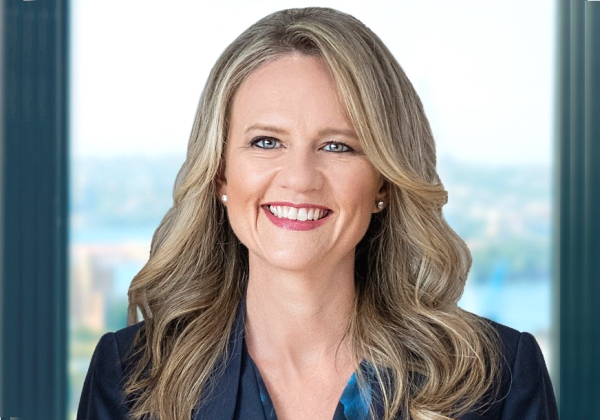
Pauline Blight-Johnston, CEO, Genworth Australia
Unusually low claims offset a significant fall in Genworth Mortgage Insurance Australia’s new business volume in the six months to June, in what the company said was “a very unusual period”.
Genworth’s gross written premium was down 34.9 per cent from A$289.7 million in the June half last year to $188.6 million in the latest half.
The fall reflected the slowdown in mortgage market activity in the first six months of the year, particularly lending at high loan-to-valuation ratios.
Offsetting this was a very strong claims result. There were 207 claims paid during the half, worth $12 million. This compares with 325 claims worth $24.3 million in the same period last year and 691 claims worth $65.6 million in the June half 2020.
Genworth released $15 million from claims reserves and reported a net claims write-back of $3 million.
Genworth chief executive Pauline Blight-Johnston said low claims during the half were a result of high employment levels, low interest rates and high household savings rates.
Stay Ahead. Stay Informed.
Concise. Candid. Provocative.
Get the daily banking news that matters from the industry's most experienced insiders.
Blight-Johnston said she expects claims to return to historical levels as rising interest rates start to have an impact.
Rising rates are yet to have make their mark. New delinquencies (loans more than three months arrears) of $42.5 million were low and closing delinquencies were the lowest since 2014.
Underlying profit rose 75.8 per cent to $134.3 million for the half but the bottom line was affected by investment losses.
The mark to market loss on assets backing insurance liabilities (predominantly fixed income securities) was $93 million and the loss on equity holders’ funds was $47.2 million.
Net profit for the half was $18.9 million, compared with $59.4 million in the previous corresponding period.
Blight-Johnston said Genworth was preparing for weaker economic conditions by tightening its underwriting standards.
The company has had a couple of recent contract wins, signing up Bank of Queensland and its subsidiary ME Bank to an exclusive contract, and Bendigo and Adelaide Bank.
Blight-Johnson said Genworth’s strategy of introducing product innovation into the market has helped it retain customers and win new business.
In December, it launched a family assistance program, which reduces the LMI premium paid by a lender when the cost of LMI is funded by the home buyer’s family member and paid upfront at the time of the loan settlement.
By reducing the cost of LMI, the program removes the barrier to taking out high LVR loans and reduces the time needed to save a deposit.
It has also introduced a monthly premium option, which addresses a longstanding criticism of LMI. Borrowers typically pay their full LMI premium upfront by having the premium capitalised and added to the loan. If they refinance and change lenders they will pay LMI all over again, adding to the cost of their property purchase.
It has invested in OSQO, a start-up that hopes to fill home buyers’ deposit gaps. OSQO is developing a platform that raises funds from a range of sources, including private investors, to provide home buyers with a “shared equity deposit bond” to fund a deposit.
Blight-Johnson said she hopes to have an OSQO product in the market next year.
The company has declared a dividend of 12 cents a share, up from 5 cents in the previous corresponding period, and will launch a $100 million on-market share buyback.